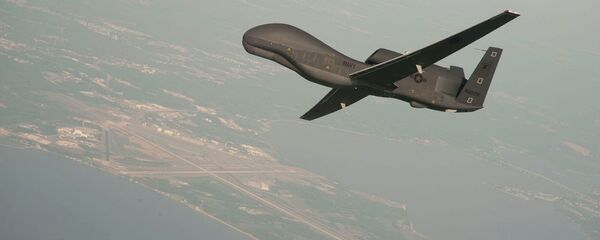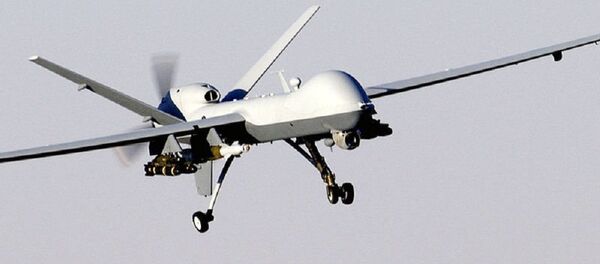China has new stealthy and long-range drones that “drastically increase” the capabilities of the People’s Liberation Army. Daesh has used attack drones in the form of attaching IEDs to commercially-available drones, dropping the homemade bombs on civilians, and then waiting for emergency crews, and then sending in a suicide car bomber to induce more destruction.
But the Army has been testing anti-drone weapons recently, DefenseNews reports. The Army capabilities integration center has yet to discern which weapons system will be most effective, but Pentagon officials are steadfastly confident in their proactive approach.
“We don’t want a fair fight,” Maj. Gen. Bo Dyess said. "We want to have all of the advantage to ourselves." One way to dismantle drones is by disrupting the communications link between drone controllers and the flying devices themselves, officials said.
One issue is determining whether drones in the air are civilian- or military-operated, as consumers fly drones recreationally and race them. Another complication is deciding whether to incorporate anti-UAS lasers with reconnaissance platoons or fire squads. "The scout platoon had a hard time," Maj. Gen. Terrence McKenrick said, "balancing reconnaissance tasks and the counter-UAS tasks." Thus, scouts “recommended actually that [the counter-UAS laser] be fielded in the [fire support team] platoon," McKenrick noted.
The armed forces are considering electronic weapons, in addition to energy-directed (otherwise known as laser) weapons for counter-UAS operations, according to Pentagon officials.



